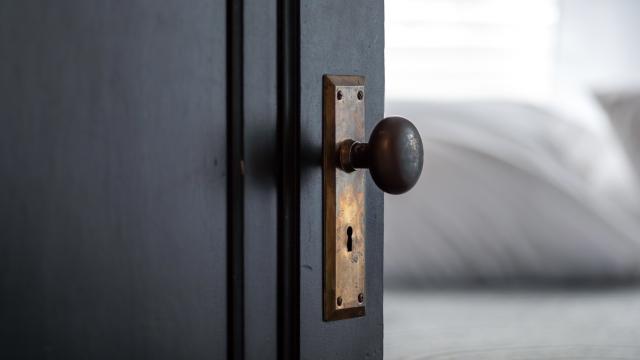This year’s Ig Nobel winners are here, and they’re just as eye-catching and baffling as usual. Among the selections are a study showing that love at first sight may be detectable through synchronised heartbeats, an answer to why legal documents are so incomprehensible, and the discovery of the most effective way to open a door.
Running since 1991, the Ig Nobels are the brainchild of the Annals of Improbable Research magazine and are co-sponsored by the Harvard-Radcliffe Science Fiction Association and the Harvard-Radcliffe Society of Physics Students. It was created as a biting satire of the Nobel prize ceremony, one that would celebrate studies that “cannot or should not be reproduced.” But more often these days, the prizes recognise research that is funny but still valuable. In the words of the creators, the Ig Nobels “honour achievements that first make people laugh, and then make them think.”
Every year, 10 winners across a variety of scientific or academic disciplines are chosen, including the Nobel-adjacent categories of physics, chemistry, medicine, literature, and peace. Traditionally, the prizes are awarded by genuine Nobel prize winners at an in-person ceremony held at Harvard University. Due to the covid-19 pandemic, however, the awards have been presented online since 2020, and 2022 was no exception. But this year, the organisers did find a way to capture some of the usual Ig absurdity. They asked both the Nobel laureates and Ig winners to 3D-print the award — a gear with pictures of human teeth along the gear’s mechanical teeth — and then for the presenters to “give” the award on camera. The same routine was done for the traditional cash prize, a ten-trillion-dollar bill from Zimbabwe.
In the category of applied cardiology, the prize was given to researchers led by Eliska Prochazkova. They demonstrated that blind daters who were attracted to one another also tended to synchronise in heart rate and skin conductance (a sign of physical or emotional arousal), but not in more overt bodily signals, such as eye contact or laughter.
For literature, the Ig Nobel was given to Eric Martínez, Francis Mollica, and Edward Gibson for showing that legal jargon may not be the main reason why lawyers are so hard to understand. Instead, as their paper’s title aptly describes: “Poor Writing, Not Specialised Concepts, Drives Processing Difficulty in Legal Language.”
In biology, the prize went to Solimary García-Hernández and Glauco Machado for studying whether constipation caused by the voluntary loss of a tail can affect the mating prospects of certain scorpions (Spoiler alert: Not really). In medicine, the prize was awarded to scientists in Poland by Marcin Jasiński for showing that ice cream may be a better option than ice cubes or ice chips for helping people through some of the painful side effects of chemotherapy. And in safety engineering, the Ig Nobel went to Swedish researcher Magnus Gens for creating the world’s first moose crash test dummy (moose-related car accidents are unfortunately relatively common in many parts of Scandinavia).
In engineering, the prize went to scientists in Japan led by Gen Matsuzaki for arduously documenting the most energy-efficient way for a person’s hand to turn a doorknob (sadly, the paper itself is mostly in Japanese, but there are visual diagrams for those hungry for a lifehack). In physics, the prize was given to two separate teams who each tried to unravel the mechanics behind why ducklings can swim so easily in formation.
In art history, the prize went to Peter de Smet and Nicholas Hellmuth for their work in studying ritual enemas depicted on ancient Maya pottery (hey, someone’s gotta do it). In peace, a large international team led by Junhui Wu won for their algorithm designed to help gossipers know when to lie and when to tell the truth to others.
And in economics, the Italian researchers Alessandro Pluchino, Alessio Emanuele Biondo, and Andrea Rapisarda won for illustrating — with maths, of course — that the most successful people are more often lucky than they are talented. Amazingly, this is the second Ig won by Alessandro Pluchino and Andrea Rapisarda. They previously won in 2010 for their research suggesting that organisations would be more efficient if they simply promoted people at random (kudos for sticking to a theme, I suppose).
The 32nd First Annual Ig Nobels Prize ceremony can be seen in its entirety on YouTube here. And for those genuinely curious about these studies, the Ig Nobels will be releasing free recorded public talks by the researchers themselves in the weeks and months to come.
